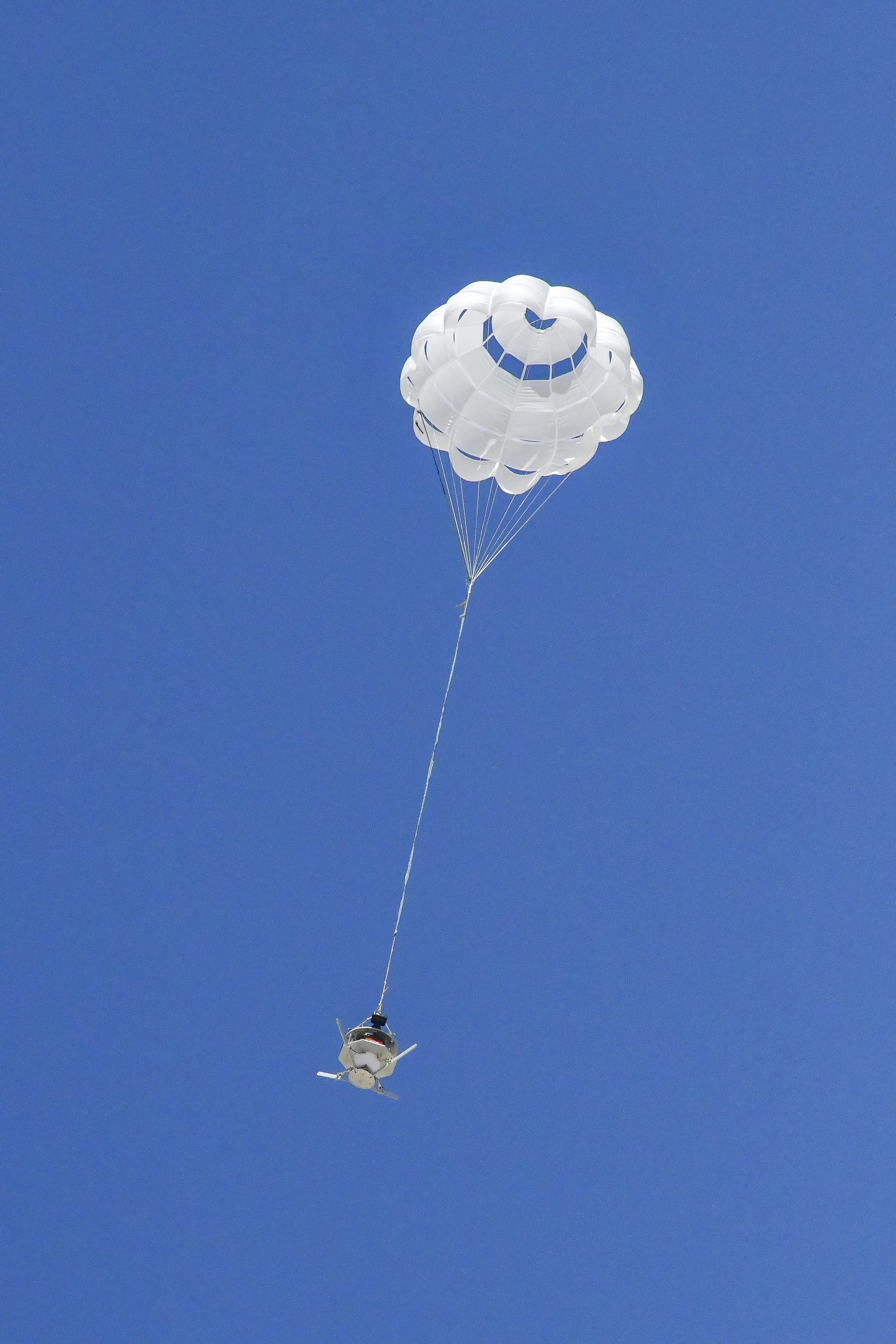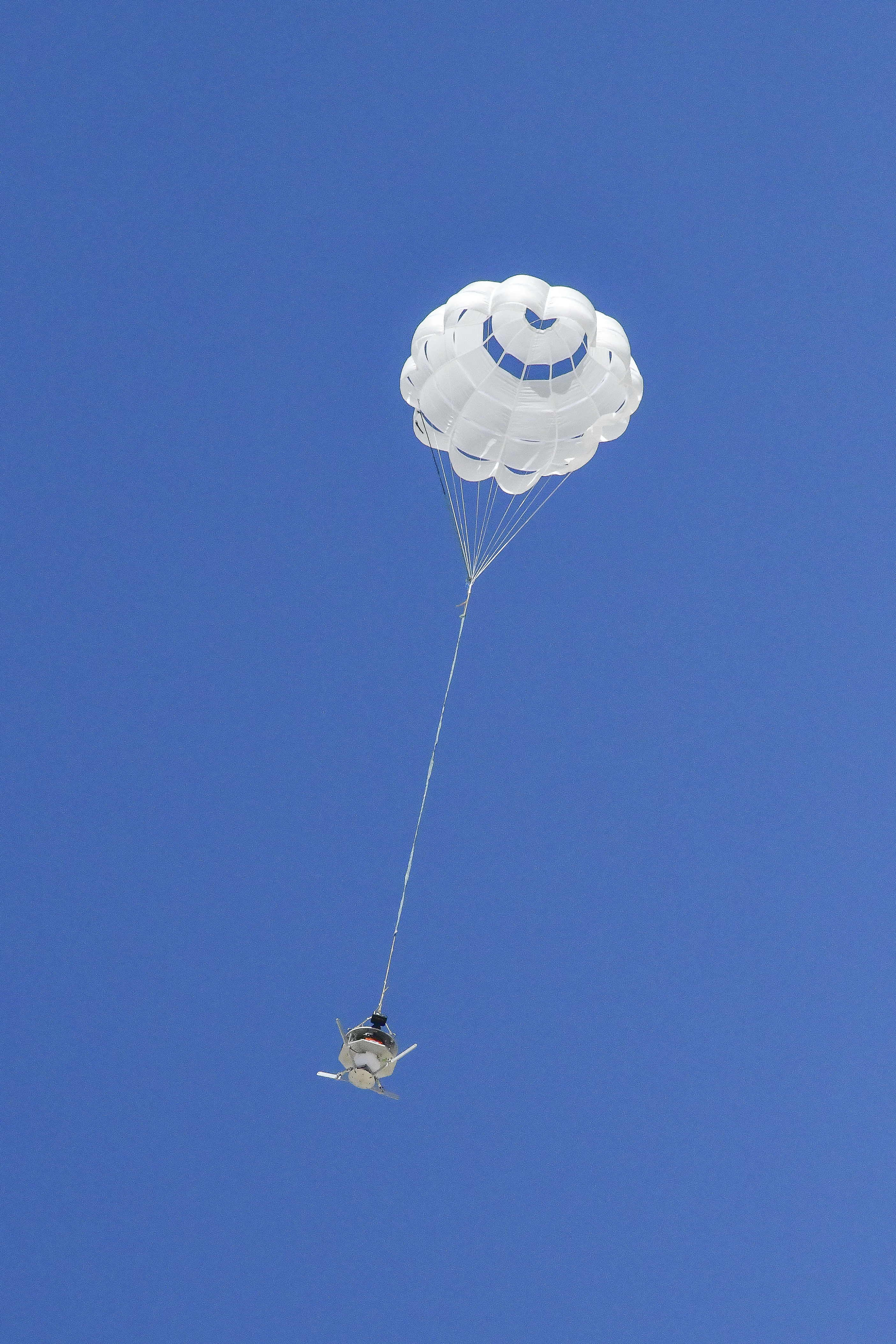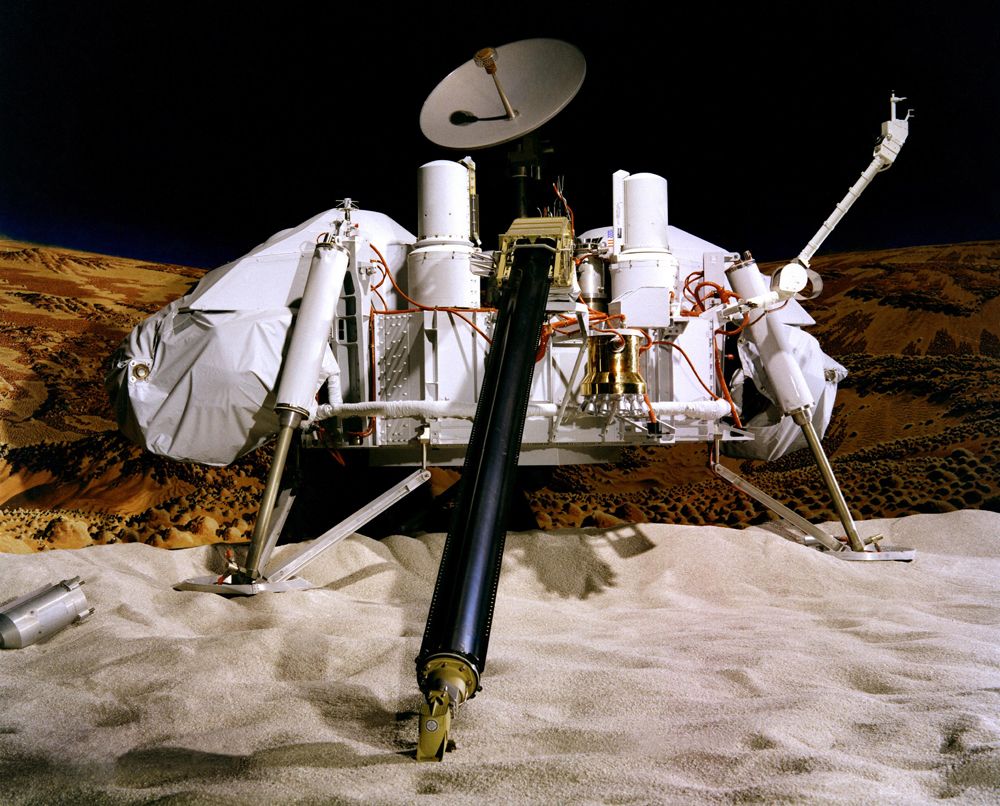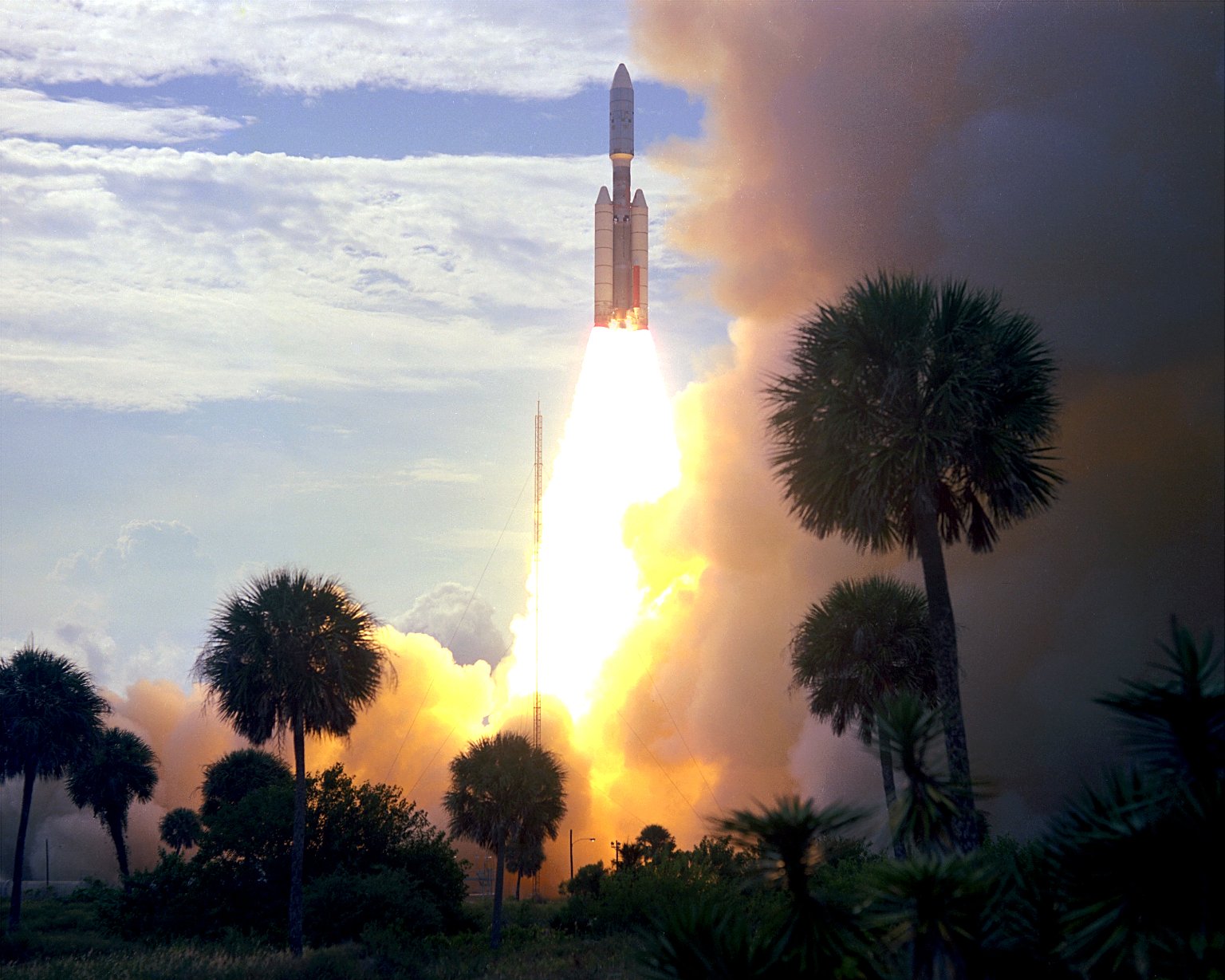NASA’s Curiosity Mars rover captured this feather-shaped iridescent cloud just after sunset on Jan. 27, 2023, the 3,724th Martian day, or sol, of the mission. Studying the colors in iridescent clouds tells scientists something about particle size within the clouds and how they grow over time. These clouds were captured as part of a follow-on imaging campaign to study noctilucent, or “night-shining” clouds, which started in 2021. This scene made up of 28 individual images captured by the rover’s Mast Camera, or Mastcam.
Read More





















